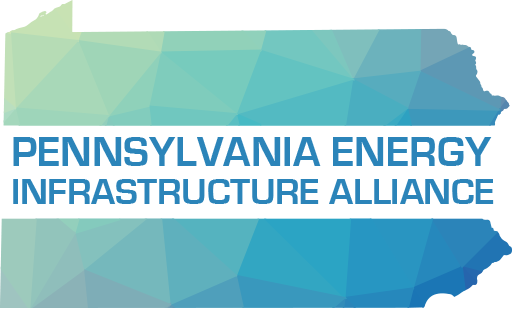The combination of hydraulic fracturing and horizontal drilling—sometimes known as the “shale revolution”—has enabled Texas, Pennsylvania and other states to produce record quantities of natural gas, some of which is being frozen, loaded onto giant ships, and transported to customers in places like Chile, China and India. Thanks to the environmental policies of Gov. Andrew Cuomo, New York has missed out on this windfall.
Now, in a preview of what life might be like under the Democrats’ proposed Green New Deal, some New Yorkers are about to face a natural-gas shortage. Consolidated Edison , an energy utility that provides gas and power to the New York City area, announced last month that beginning in mid-March it would “no longer be accepting applications for natural gas connections from new customers in most of our Westchester County service area.” The reason for the shortage is obvious: The Cuomo administration has repeatedly blocked or delayed new pipeline projects. As a Con Ed spokesman put it, there is a “lot of natural gas around the country, but getting it to New York has been the strain.”
New York policy makers have also killed the state’s natural-gas-drilling business. In 2008 New York drillers produced about 150 million cubic feet of natural gas a day—not enough to meet all the state’s needs, but still a substantial amount. That same year legislators in Albany passed a moratorium on hydraulic fracturing, the process used to wring oil and gas out of underground rock formations. In 2015 the Cuomo administration made the moratorium permanent. By 2018 New York’s gas production had declined so much that the Energy Information Administration quit publishing numbers on it.
New York now imports nearly all of its gas even though part of the Marcellus Shale, one of the biggest and most prolific sources of natural gas in the country, extends into the state’s Southern Tier region. To get an idea of how much gas the state might have been able to produce from the Marcellus, New Yorkers can look across the state line to Pennsylvania, which now supplies about two-thirds of the gas consumed in New York. At the end of 2018, Pennsylvania drillers were producing about 18 billion cubic feet of gas a day. That’s more gas than Canada now produces.
By keeping its natural gas in the ground, New York has lost out on jobs and tax revenue. By 2015, some 106,000 people were directly employed by Pennsylvania’s oil and gas industry, making it a bigger employer than the state’s famous steel sector. This year Pennsylvania’s state government is expected to take in some $247 million in gas-related fees.
Read more here.
